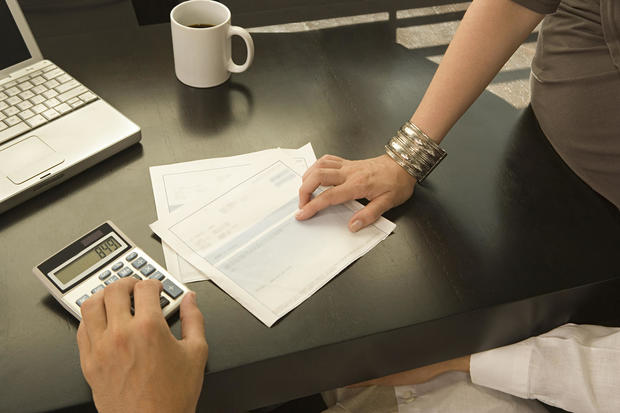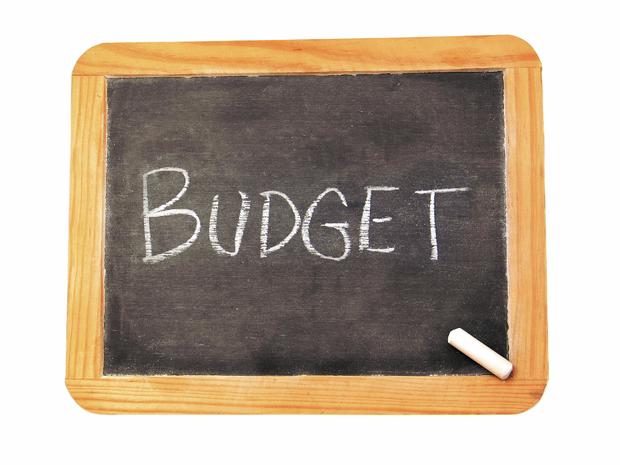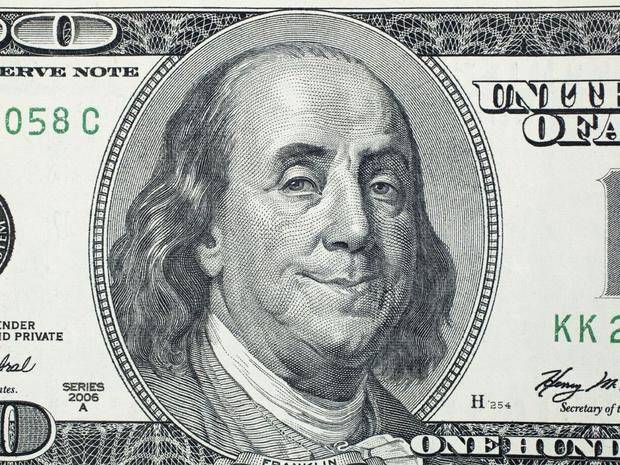5 steps to stop living paycheck to paycheck
Whether you're struggling to pay bills on time every month or make saving money for retirement a priority, you're not alone. Chances are, with a bit of work and due diligence, you can create wiggle room in your budget to help you save more and pay down debts faster.
If you're ready to put in the work, here's how to break the cycle of living paycheck to paycheck and start working toward your secure financial future.
This post was originally published by GOBankingRates.
1. Change your thought process
The first and most important step is to change the way you think about money. Take a long look at your relationship with money. Do you spend money as soon as you receive it? Do you shop around for deals or buy the first item you come across? Do you shop out of necessity or because you are bored?
There is no right or wrong answer to these questions -- the goal is to learn more about yourself and your thoughts toward money. This will help you become a conscious spender instead of letting your money slip through your fingers each month. The goal is to become proactive about saving money and eliminating debt, both of which are essential to getting away from living paycheck to paycheck.
Moreover, you need to reconsider how you feel about budgeting. Some people are annoyed by budgets -- after all, who wants to be strapped down by limiting spending on entertainment? If you can reconsider how you think and feel about a budget and realize that long-term goals like retirement or a new car require saving and attention, then maybe you can feel better about trimming the fat off your expenses.
2. Gather your financial statements
A good exercise is to create a personal cash flow statement. Set aside one evening to look at your total financial picture. Gather all your bills and list your sources of income so you can see how much cash you have coming in and the minimums you owe each month.
If looking over your bills and debts makes you uneasy, that's all the more reason to take this step. You need to work up to a point where reviewing your finances is commonplace -- not a chore or a kind of punishment. Make a habit out of opening your bank's mobile app and reviewing your spending each day.
Once you can gather a clear financial picture, you'll be able to track your monthly gains and losses. This will be important in helping you get to the point where you have extra money in the bank each month.
3. Develop a plan
You now have a better idea of your income and expenses, and to whom you owe money. This knowledge is the first step toward financial freedom. The next step is developing a plan to attack these debts and other expenses.
You will also want to create a list of financial priorities, which will help you decide what to do with extra money in your budget. If you are starting out living paycheck to paycheck, then your priorities list should include reducing your debt and other expenses so you can increase your cash flow and ultimately your savings.
4. Create a budget
Your budget is the lifeline of your personal finances. It doesn't matter whether you choose to create your budget with an advanced budgeting software program like Mint or with a paper and pencil. What matters is that you use a system that works for you.
At the end of the day, your budget should list all the income you have coming in, your fixed expenses, your variable expenses and the date your bills are due.
This step will take you a couple of hours at first. However, once you're over the hump of figuring out realistic budgets to set for spending on groceries, entertainment and other categories, you'll only need to make small tweaks month to month.
5. Put your budget into action
Every dollar in your budget should have a job. That means each time you receive your paycheck, you should know where and how your money will be used. It could be for fixed expenses, like housing and insurance; variable expenses, like groceries and utilities; or items like savings and investments.
If you have extra money in your budget, send it toward the top item in the financial priorities list you created when you developed your plan. This way, you always have your money working toward the most important financial goal. This takes the guesswork out of budgeting and makes it easier to know how to handle your money.
Eventually, you will reach your financial goals of eliminating your debt and increasing your savings, and somewhere along the way you will notice that your cash flow has increased -- and what seemed like a struggle from paycheck to paycheck slowly disappeared. It all starts with getting ahead that first month, then slowly increasing your savings from there.




